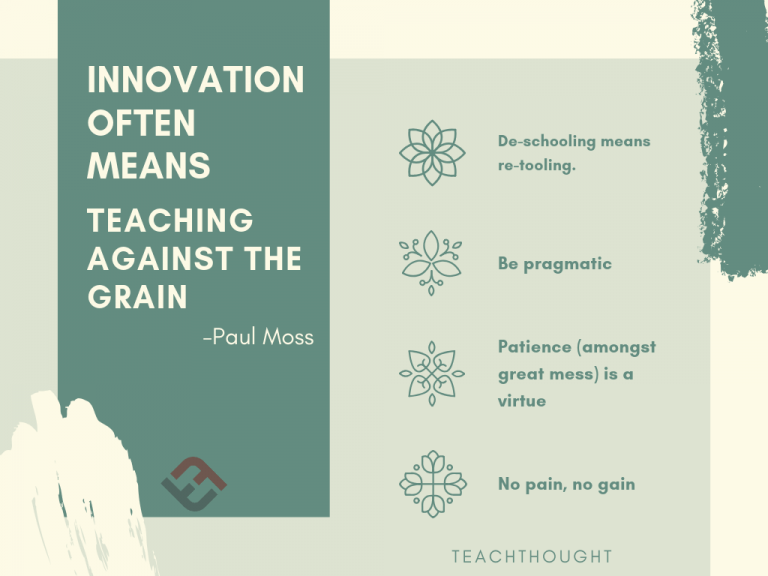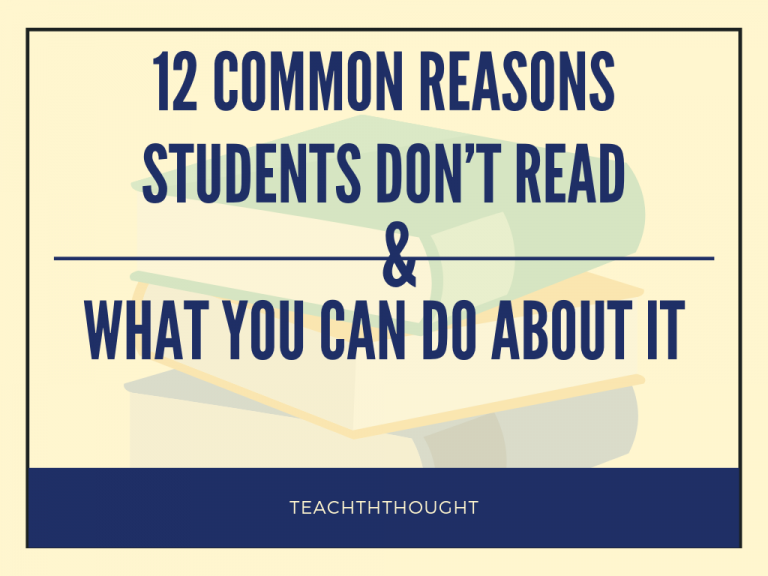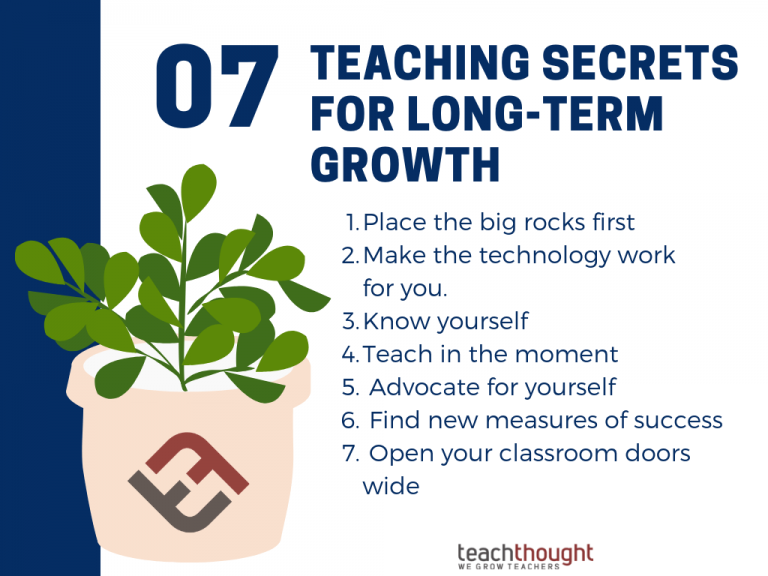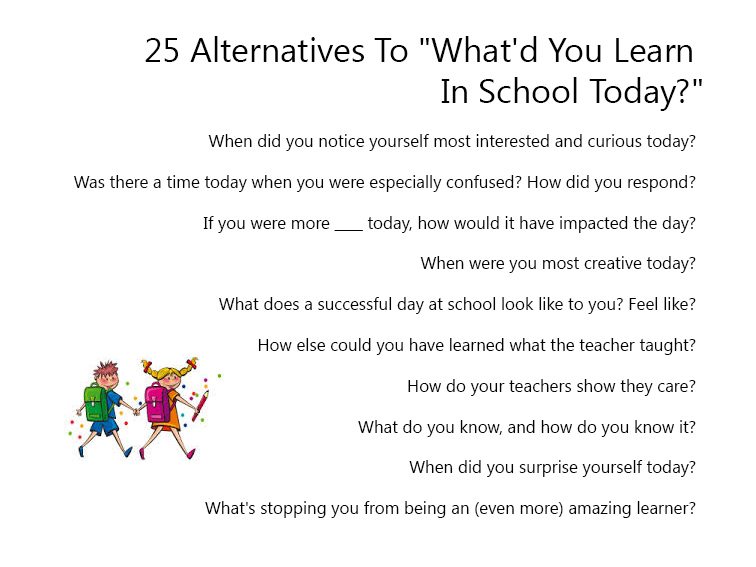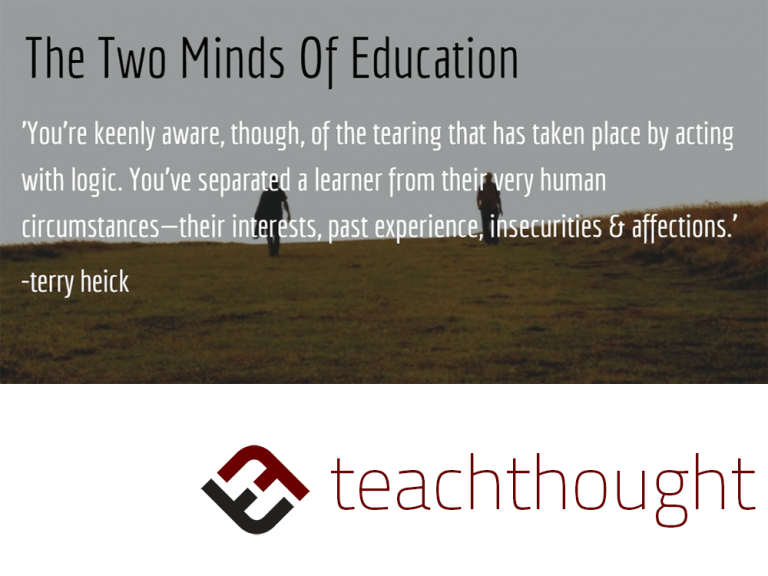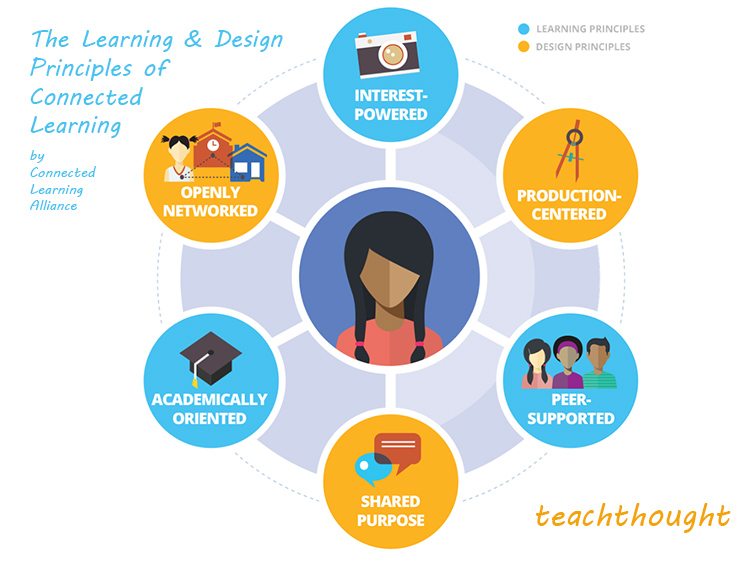
The Learning And Design Principles Of Connected Learning
by TeachThought Staff
No teacher should be hurting for compelling progressive education content.
Sites like edutopia, MindShift, and dozens of others offer outstanding reading on a daily basis to help you improve the things that happen in your classroom. (And this list is frustratingly incomplete–they’re just the sites on my radar that I’ve been reading since I entered education.)
A bit more “fringe” are sites like TeachThought, Jackie Gerstein’s UserGeneratedEducation, the Connected Learning Alliance and DMLCentral.net, MindShift, and so many more–“fringe” due to their thinking that seems as interested in understanding what’s possible in a modern learning environment as they are what is. Pursuing excellence in the box while demanding to know what’s going on outside that box.
You could even call this kind of content less immediately practical when you’re just Googling for a lesson idea for tomorrow, but there’s room for everyone in a digital and infinite world. There are already fantastic sites that offer worksheets and classroom management strategies and assessment policies. We’ll do that from time to time, but near and dear to our mission at TeachThought is to rethink learning in a modern world–however we choose to characterize those modern qualities. (Confirmation bias?)
Along with the others, CLA is on our shortlist of thought leaders that help push us to think about how education is changing in a modern world, which is why we’ve shared some of their models in the past, including their iconic Connected Learning model. Recently, we also discovered that they’ve shared the design principles of that model, along with a description of each.
These ideas appear below–and of course, check out CLA and DML for further reading.
The Learning And Design Principles Of Connected Learning
“For more than a century, educators have strived to customize education to the learner. Connected Learning leverages the advances of the digital age to make that dream a reality — connecting academics to interests, learners to inspiring peers and mentors, and educational goals to the higher-order skills the new economy rewards.
Six principles (below) define it and allow every young person to experience learning that is social, participatory, interest-driven, and relevant to the opportunities of our time.
6 Design Principles Of Connected Learning
1. Interest-Powered
Interests foster the drive to gain knowledge and expertise. Research has repeatedly shown that when the topic is personally interesting and relevant, learners achieve much higher-order learning outcomes. Connected learning views interests and passions that are developed in a social context as essential elements.
2. Production-Centered
Connected learning prizes the learning that comes from actively producing, creating, experimenting and designing because it promotes skills and dispositions for lifelong learning and for making meaningful contributions to today’s rapidly changing work and social conditions.
3. Peer-Supported
Connected learning thrives in a socially meaningful and knowledge-rich ecology of ongoing participation, self-expression, and recognition. In their everyday exchanges with peers and friends, young people fluidly contribute, share, and give feedback. Powered with possibilities made available by today’s social media, this peer culture can produce learning that’s engaging and powerful.
4. Shared Purpose
Today’s social media and web-based communities provide unprecedented opportunities for caring adults, teachers, parents, learners, and their peers to share interests and contribute to a common purpose. The potential of cross-generational learning and connection unfolds when centered on common goals.
5. Academically-Oriented
Connected learning recognizes the importance of academic success for intellectual growth and as an avenue towards economic and political opportunity. When academic studies and institutions draw from and connect to young people’s peer culture, communities, and interest-driven pursuits, learners flourish and realize their true potential.
6. Openly-Networked
Connected learning environments link learning in school, home, and, community because learners achieve best when their learning is reinforced and supported in multiple settings. Online platforms can make learning resources abundant, accessible, and visible across all learner settings.”
6 Design Principles Of Connected Learning

